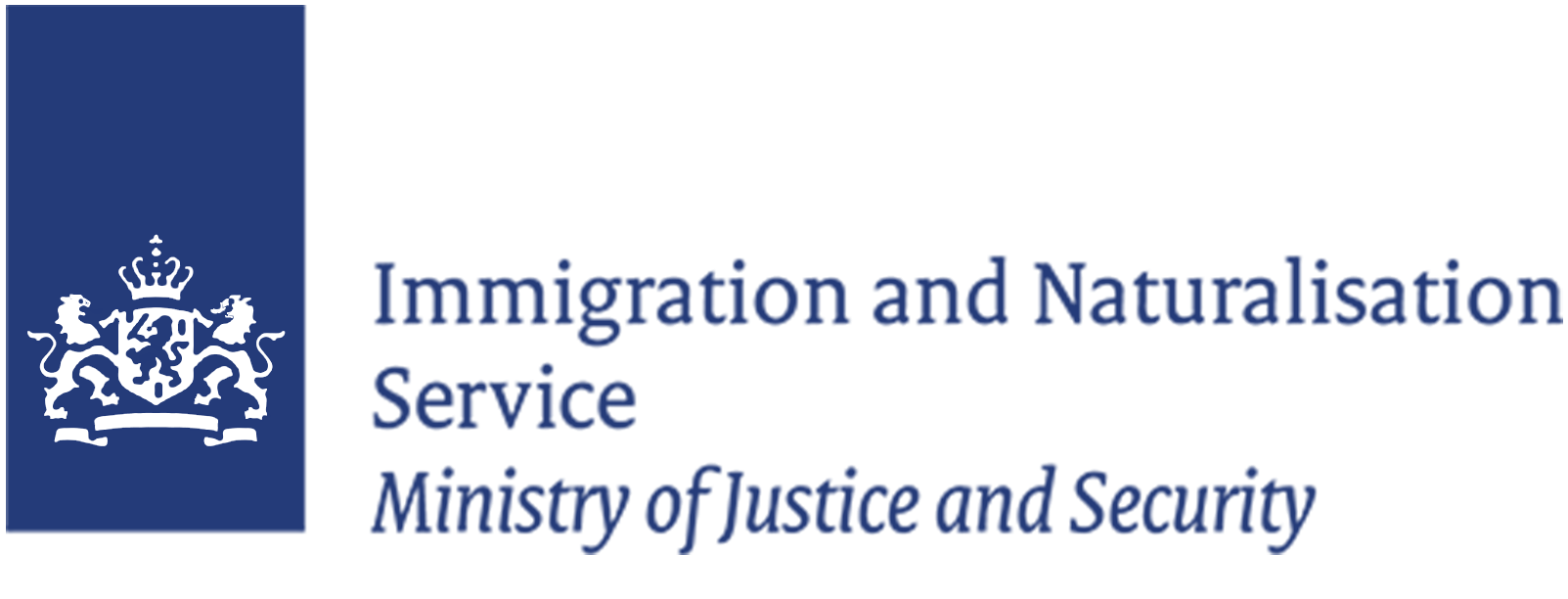Main Area
Main
Unaccompanied minors

In some cases, children and underage youths come to Europe unaccompanied. Member States of the European Union (EU) have agreed on regulations for their reception. The implementation of these regulations differs per Member State.
In the majority of cases, minors apply for asylum upon arriving in an EU-Member State.
An unaccompanied minor:
- is under the age of eighteen upon arrival in the EU
- is unaccompanied by an adult, such as a parent or adult relative
- has a nationality from outside the EU or is stateless
The EU views minors as a vulnerable group of migrants. The same applies to the elderly, the disabled, single parents with minor children and pregnant women. For these vulnerable groups, the EU has specific rules and procedures for, for example, reception and assessment of residence applications. The rules and procedures for unaccompanied minors are laid down in the Qualification Directive. Still, EU-Member States differ in the implementation of the Directive, for instance when it comes to the definitions that Member States maintain. Examples are the age limit for the definition of ‘minor’ and the definition of ‘unaccompanied’.


